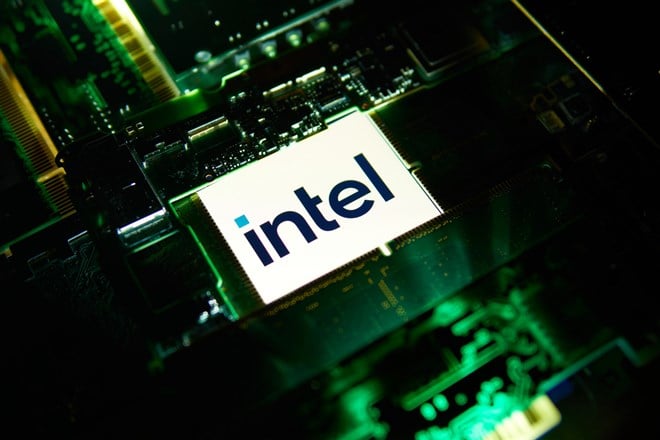
The impending passage of the $52 billion chips bill in Congress is stimulating interest in semiconductor stocks. One company that is drawing some attention is Intel (NASDAQ: INTC).
On the surface I can understand why. Intel is trading at a low price-to-earnings (P/E) ratio of around 6.6. And because the company is making a sizeable investment to bringing semiconductor manufacturing in the United States, Intel stands to benefit more than many other chip makers.
That being said, the return on Intel’s investment is years away, and the semiconductor boom cycle of the last couple of years looks to be winding down. That means before investors consider diving into INTC as an undervalued stock, they should ask themselves one question.
A Terrible Earnings Report
Before I get to what that question is, it’s impossible to overlook the company’s earnings report which came in after the market closed on July 28. The company reported earnings per share (EPS) of 29 cents which was 58% below the forecasted 69 cents. And the top line was also a miss with revenue of $15.32 billion coming in 14% below the forecast of $17.93 billion. This is having an impact on INTC shares which are down more than 10% since the report was released.
52 Billion Reasons to Be Excited
The U.S. Senate recently passed the $52 billion chip bill. This will benefit semiconductor companies that build manufacturing facilities in the United States. As Bloomberg reported, "the legislation also includes funding for research and workforce training as well as money for 5G wireless technology. It also includes a 25% tax credit for semiconductor manufacturing...”
Intel along with Texas Instruments (NASDAQ:TXN) and Micron Technology (NASDAQ:MU) manufactures its own chips. Therefore, these companies stand to benefit from this bill more than some other chip makers. And Intel may benefit more than the rest.
That’s because in January, Intel announced plans to build a chip manufacturing facility in Ohio. This will be in addition to the two facilities it has built in Arizona in the last several years. The total investment in the Ohio plant could be up to $100 billion.
Chip Demand May be Slowing
Semiconductor demand historically moves in boom and bust cycles. It just so happens that since 2020, there has been a nearly unprecedented demand cycle. Demand for chips was already high in areas like data centers, consumer electronics, and automobiles both of the internal combustion and electric varieties.
But the chip industry was affected by the pandemic as much as other industries causing a chip shortage that is still being resolved. That is unless the consumer resolves it for them.
According to the Gartner research group, demand for semiconductor chips is slowing at a faster rate than expected. To make matters worse, the firm now believes that demand will start to decline in 2023.
The demand destruction is particularly true in an area like personal computers (PCs) for which Intel relies for a considerable part of its business. This was expected due to more workers returning to the office and, in any event, companies already spent the money on equipping its remote workforce.
However, it does bring to light the fact that Intel does not have significant market share in the data center and automotive sectors that continue to show strong growth.
Is the Dividend Enough?
So I’ll finally get to the question I teased earlier. And that is simply is a dividend enough to keep you interested?
Analysts are projecting single-digit revenue growth over the next five years. That means investors will want to get a dividend for hanging onto the stock. Here again, Intel looks attractive. The company pays out $1.46 per share on an annual basis. That calculates to a 3.68% dividend yield. Intel has increased its dividend in each of the last eight years.
But is that enough to get investors excited? I’m not sure, particularly because if Intel can’t figure out a way to slow or reverse its decline in earnings, its dividend growth could be in jeopardy. But for now, the dividend is one thing for investors to consider before buying what may appear to be a fundamentally attractive stock.
